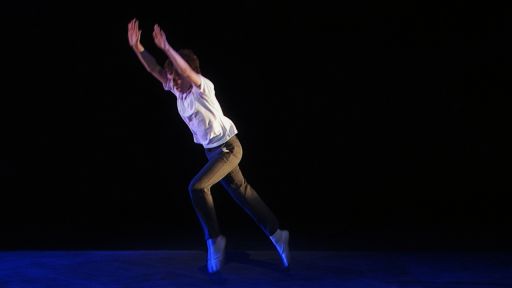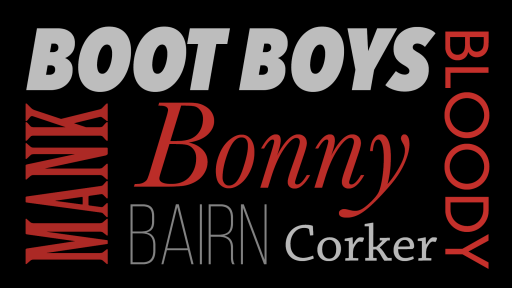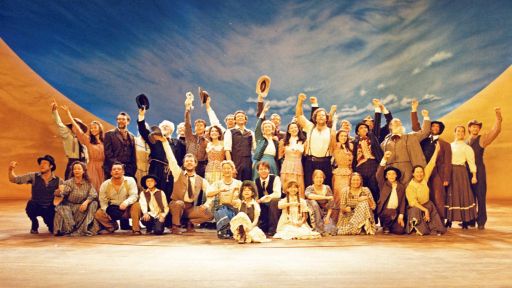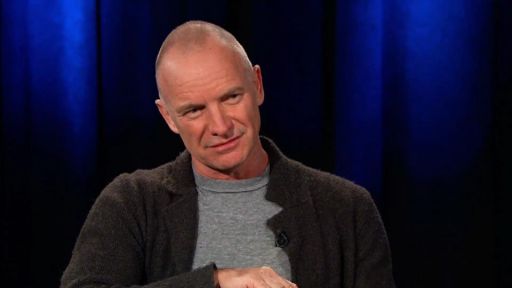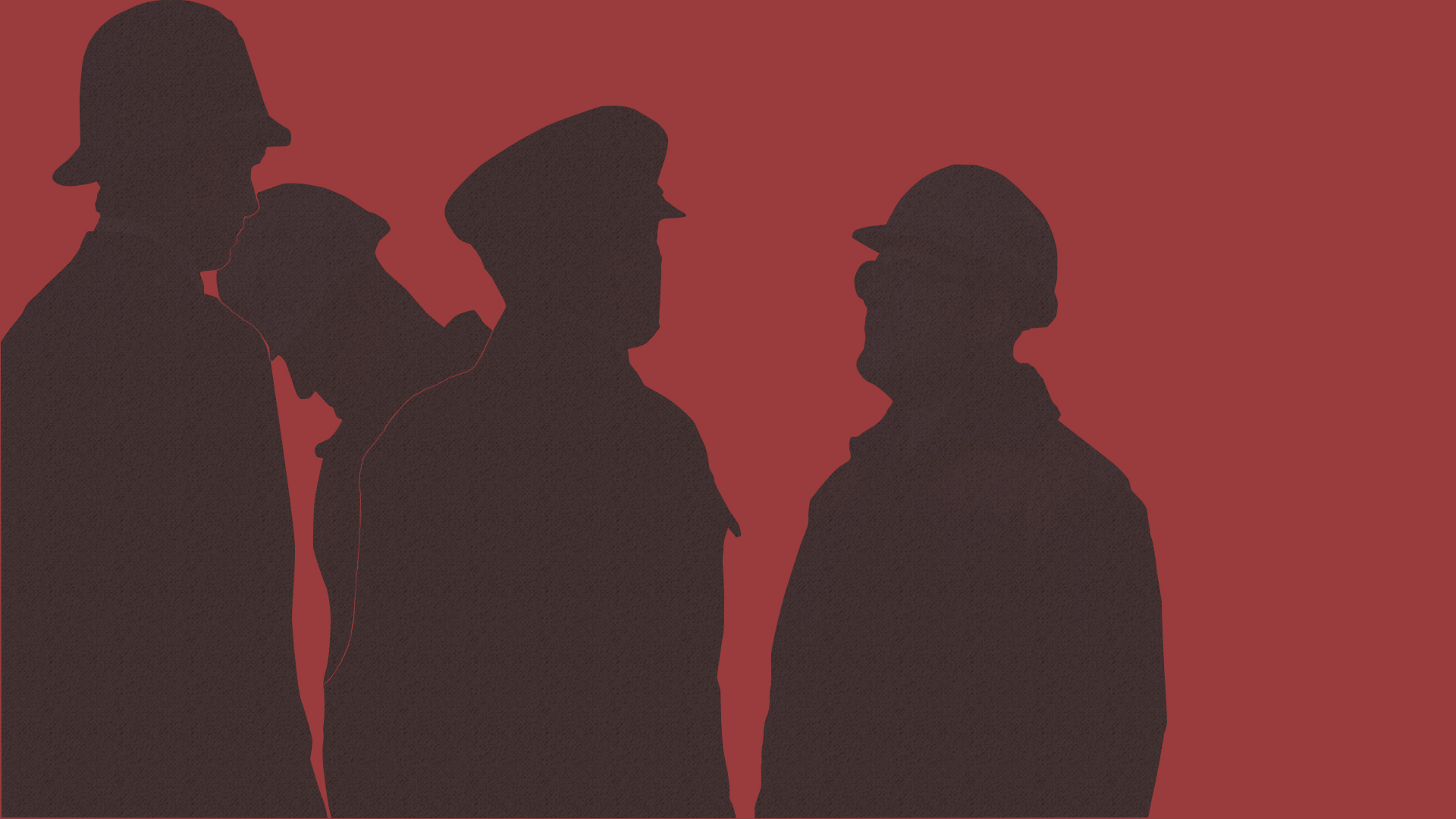
In Billy Elliot the Musical Live, young Billy Elliot starts studying ballet during the infamous coal miners’ strike of 1984-1985, a real event in Great Britain’s history. Billy takes a brave step in a direction his family doesn’t approve, and couldn’t even financially support if they did. His widowed father and older brother work in the mines and are not just fighting for their jobs; at times they’re also fighting the police. The pressure on Billy’s family and community plays a large role in the musical’s narrative. Though Billy Elliot the Musical Live is set in a fictional North East mining town in England, here are some true details about the year-long strike and its significance.
Who was on strike and why?
The National Union of Mineworkers (NUM) in Great Britain went on strike to protest the National Coal Board’s plan to shut 20 coal mines, which meant a loss of 20,000 jobs. At the height of the strike, 142,000 workers were on strike.
What is the historic context for the strike of 1984-1985?
It was the largest strike since the General Strike in 1926, when 1.7 million workers struck for nine days. In 1926, they were protesting wage reductions and unfavorable conditions for 1.2 million locked-out coal miners.
The National Union of Mineworkers also went on strike in 1972 and 1974. Those strikes took place during the Conservative Party government of 1970-1974, led by Prime Minister Edward Heath. Many consider the 1974 strike as the reason the Conservative Party and Health lost the elections to the Labour Party that year, when Prime Minister Harold Wilson returned to power from 1974 to 1976.
Whose side was the public on?
Public opinion on the strike was mixed and opinions varied by region. According to a Gallup poll in July 1984, 40% of respondents said their sympathies lay mainly with the employers; 33% were for the miners; 19% were for neither and 8% did not know. Gallup conducted the same poll in early December 1984 when 51% had most sympathy for the employers; 26% for the miners; 18% for neither and 5% did not know.
How did the 1984-1985 strike end?
The year-long strike was unsuccessful, which was a major victory for Prime Minister Margaret Thatcher and the Conservative Party government. The strike had also driven a rift into the alliance between the miner’s union and the Iron and Steel Trades Confederation. The NUM lost its influence after the strike’s failure and is a small union today. In 1983, the UK had 174 working mines; by 2009, there were six working mines.
How is the strike remembered today in Great Britain?
The summer of 2015 marked the 30th anniversary of the end of the strike, and the media in Great Britain took the opportunity to look back on the event. The Guardian had many articles on lingering legal cases that pit the police and striking miners against each other. The BBC has called the strike “the most bitter industrial dispute in British history.” This Guardian article looks at how a coal mine community recovered after hitting rock bottom in the mid-80s.
In popular culture, a film came out in 2014 that looked at the coal miners’ strike. The Golden Globe nominated film Pride dramatized the story of Lesbians and Gays Support the Miners (LGSM), an alliance formed in 1984 to support the striking miners through donations of money and food.
Find out more about the coal miners’ strike on Wikipedia. Learn about the British slang, terms and personalities in Billy Elliot the Musical Live.
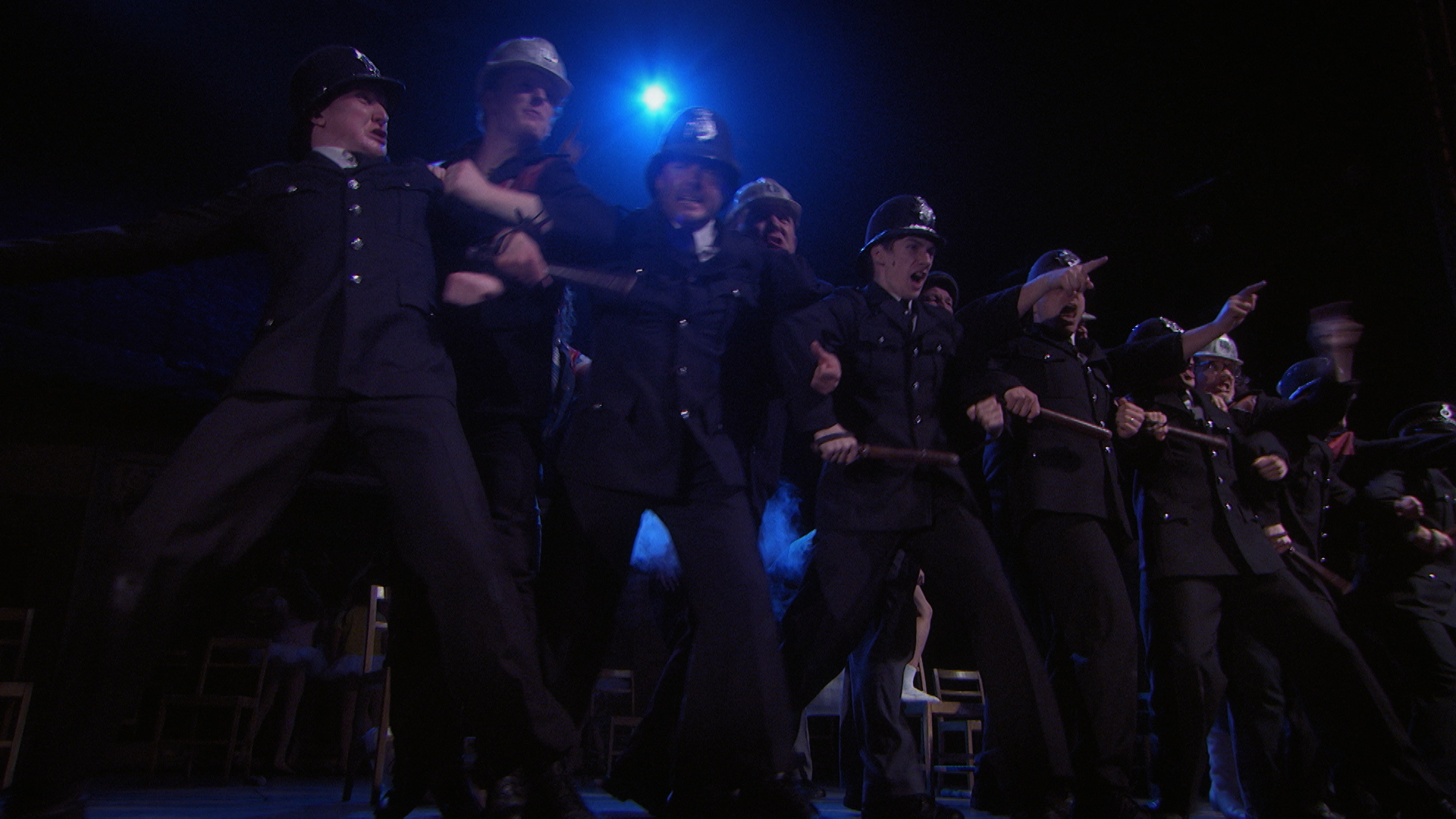
Scene from Great Performances – Billy Elliot The Musical Live, filmed at the Victoria Theatre in London’s West End.

